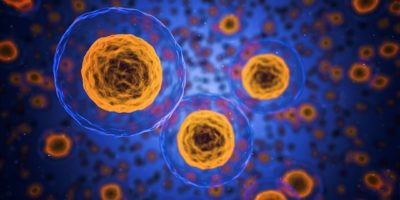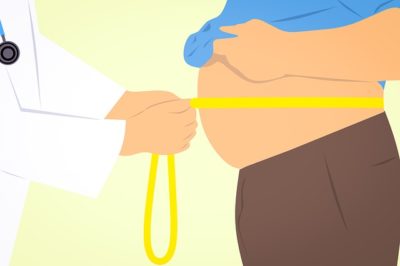Keto & fasting 2 – Ancestral eating and being metabolically flexible
Before going on to explain how it all works, let’s put it in the context of ancestral eating. I think we can all agree that our ancestors would have eaten whatever they could find. There would have been no judgement on whether a food was good or bad – as long as it wasn’t poisonous, all good!
If you haven’t already read it, see post 1 in the series here.

Over time, distinctions would have been made about which foods had the best effects, but until fairly recently, we ate everything we could. So the people who were most metabolically flexible would have had the best chance of survival.
What do I mean by metabolically flexible?
I mean – able to digest and utilise all types of macro nutrients. Many foods are a mix of macro nutrients, but just to see how it would work, let’s pretend we found some foods that were primarily just one type.
If the food happened upon today was some tubers, or maybe some berries, the carb “pathways” would have been used. Some of the fuel (in this case, sugars) would have been used straight away, and if we were lucky enough to find more than we needed, some would have been stored as fat, for later.
If the food was primarily protein, protein is great for “repairs and maintenance” but can also be converted to sugars in the liver – which, once again, make great fuel or can be stored as fat.
If it was very fatty food, we’ve hit the jackpot. Fat is needed for building cells, creating hormones and other “repair and maintenance” activities, but can also be directly burnt as fuel. Both dietary fat and stored body fat can be used as fuel, though sugars will usually be used up first. As an added bonus, as a side product of burning fat for fuel, ketones are produced. Ketones can also be used as fuel, and are especially loved by the brain. So fat is a “two-fer”.
And then there would have been days when there was no food. Maybe several days in a row. But now we can access our stored fuel (body fat), so it’s not a problem.
After a few days, to get proteins, our cells start scavenging dead or diseased parts of themselves to get amino acids for repair and maintenance (proteins are made up of amino acids). This process is called autophagy. It’s another “two-fer” – it supplies needed amino acids and keeps the cells clean. Internal recycling, if you like.

So if we can utilise all these pathways, whatever food we find will be able to nourish and fuel us. Going without food for periods of time is a natural process, and not something to be feared, unless it goes on for too long.
Are we flexible now?
I’m going to hazard a guess than even as recently as 100 years ago, humans were still fairly flexible. And I’m going to guess further that it wasn’t until the demonisation of fat, from the 1950s on, that it changed.
Once we stopped eating much fat, we started relying on carbs (sugars) for fuel, and largely lost the ability to utilise fat. Because carbs don’t sustain us for long, we need to eat more frequently, and don’t give our digestive systems any rest periods.
Also, food is so freely available now, that we never need to go without. So unless we deliberately choose to fast, autophagy never takes place.
Why is this a problem?
Here’s an example. Alzheimers Disease is now being called Type 3 diabetes. That’s because the brain cells have become to resistant to insulin, and now the sugars can’t get in to fuel the brain. There is an alternative fuel for the brain – ketones. But if we have lost the ability to burn fat for fuel, and can’t produce ketones, the brain has no source of fuel. That’s one of the reasons why we are seeing more and more of these dreadful brain degenerative diseases.
And what about obesity? If we eat more carbs than we need for fuel at any one time, the sugar goes into the fat cells to be saved for later. That was great when we still had the ability to access the fuel later when there was no food. Now, we don’t often run out of fuel to start with, as food is so plentiful. And if we artificially create a shortage, we have lost the ability to access the fat stores, so the process doesn’t work any more.

And that’s just a couple of examples showing why not being metabolically flexible can cause big problems.
In the next post (here), we’ll start looking at the different types of fasting. This includes simply being more careful about how we space out our meals, to get better results.
Originally posted on Steemit, where you get paid to blog: https://steemit.com/health/@kiwideb/keto-and-fasting-2-being-metabolically-flexible-and-how-this-ties-in-with-what-our-ancestors-ate
Images from Pixabay.

